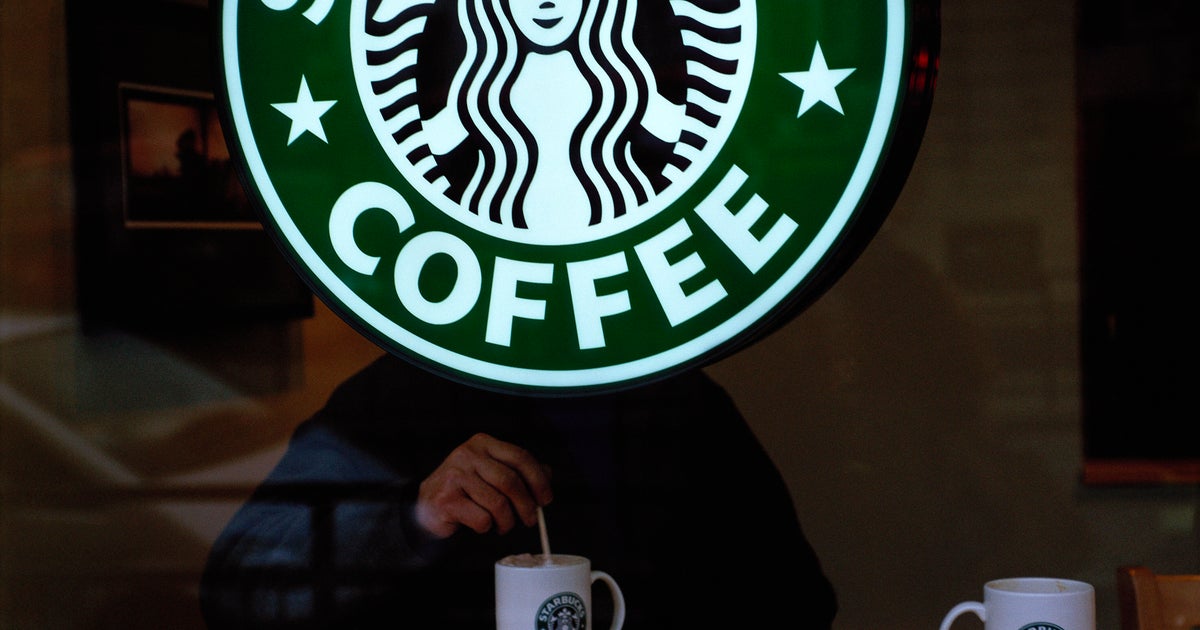Starbucks Workers Rally: The Dress Code Strike That’s Brewing Change
Starbucks employees across multiple U.S. locations are staging walkouts this week to protest a newly enforced dress code policy, sparking a nationwide conversation about worker rights and corporate control. The strike, organized by the Starbucks Workers United union, began on October 12, 2023, as baristas demand more flexibility in self-expression and criticize what they call “overreach” in workplace regulations. At least 150 stores in 30 cities have joined the movement, marking one of the largest coordinated labor actions in the company’s history.
Why Baristas Are Steaming Over the New Policy
The controversial policy, quietly updated in late September, imposes stricter limitations on employee attire, including:
- Banning all non-Starbucks branded pins except union buttons (a concession made after earlier protests)
- Prohibiting patterned shirts under aprons
- Restricting nail polish colors to “neutral tones”
- Eliminating bandanas as headwear options
“This isn’t just about fashion—it’s about autonomy,” explains Mia Chen, a shift supervisor at a Seattle Starbucks participating in the strike. “They’re dictating everything from our fingernails to our undershirts while posting record profits. We’re humans, not corporate mannequins.”
The Bigger Brew: Labor Relations at a Boiling Point
The dress code dispute follows two years of escalating tensions between Starbucks and its unionized workforce. Since the first store unionized in Buffalo, NY in December 2021, over 330 Starbucks locations have voted to unionize—though none have successfully negotiated a contract. The National Labor Relations Board has issued 130 complaints against Starbucks for alleged union-busting activities.
Labor economist Dr. Evan Porter notes: “Starbucks’ approach mirrors a troubling pattern in service industries—micromanaging employee appearance while resisting substantive negotiations. Their 27% turnover rate in 2022 suggests these policies backfire.”
Corporate Perspective: Brand Consistency vs. Employee Morale
Starbucks maintains the policy ensures “a consistent customer experience.” In a statement to media, spokesperson Regina Wallace said: “Our dress code balances partner safety, professionalism, and personal expression within reasonable boundaries.”
However, internal documents leaked to The Guardian reveal the changes were partly motivated by concerns about “visual clutter” from pro-union symbols. The company denies this, pointing to its allowance of union pins as evidence of good faith.
Customers Take Sides in the Culture Clash
Public reaction has been divided:
- Supportive: 62% of respondents in a recent YouGov poll sided with workers on dress code flexibility
- Neutral: 28% saw it as a non-issue compared to wage disputes
- Critical: 10% agreed with Starbucks’ brand uniformity argument
At Chicago’s Logan Square location, customer Jamal Reyes told reporters: “I come for the coffee, not the baristas’ outfits. If they’re happier without these rules, my latte will probably taste better too.”
What’s Next for the Starbucks Labor Movement?
The strike coincides with Starbucks’ Q4 earnings report—a strategic timing choice noted by labor experts. With holiday season staffing needs approaching, workers leverage maximum bargaining power. Key developments to watch:
- Potential expansion to international locations (UK unions monitoring closely)
- NLRB rulings on related unfair labor practice charges
- Shareholder reactions to continued labor disruptions
As the coffee giant faces this latest challenge, industry analysts suggest the outcome could set precedents for retail worker rights nationwide. For now, the smell of freshly ground coffee mingles with the scent of rebellion at picket lines from Boston to Berkeley.
Want to support the movement? Follow @SBWorkersUnited on social media or visit their website to learn about solidarity actions in your area.
See more Business Focus Insider Team

